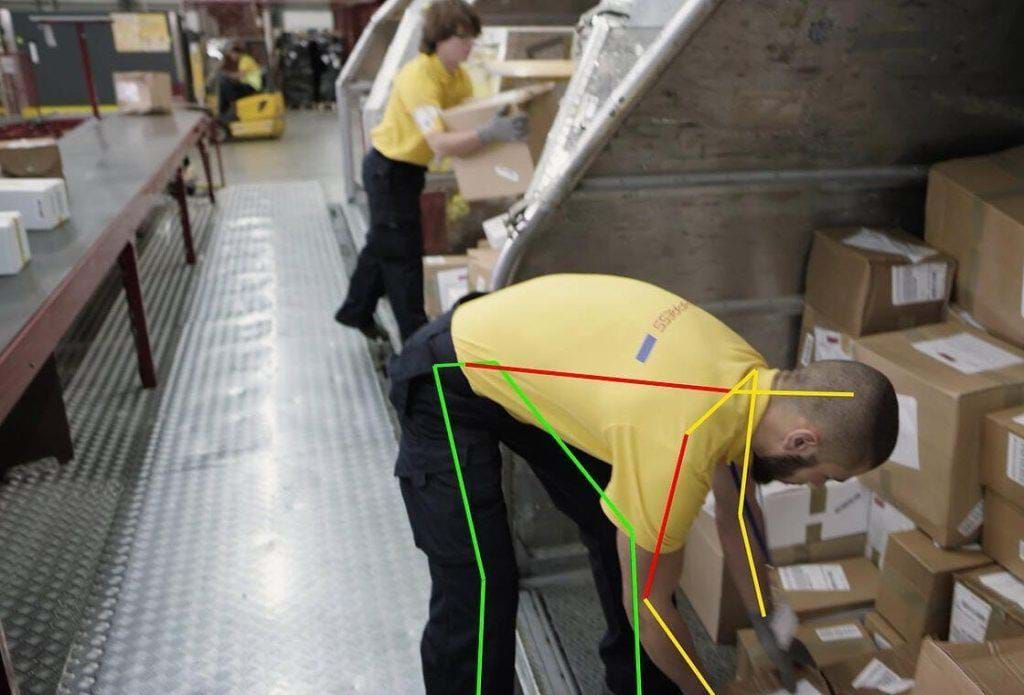An accident-free workplace is not an impossible goal to reach. However, it can only be achieved if a company has a strong safety culture. While safety is everyone’s responsibility in the workplace, the most successful companies take a top-down approach to safety. This means a company’s leadership team proactively and visibly demonstrates its commitment to safety at all times.
8 Principles of Safety Leadership
The Graham Company’s Safety Team recommends companies’ leadership teams practice these eight safety leadership principles:
- Establish a Safety Management System. A safety manager or senior management employee leads a Safety Management System. It should address how safety will be managed day to day and how success will be measured.
- Make safety a company value. By making safety a company value, an organization can drive home the point safety is a top priority. Priorities of organizations can change year to year, but company values do not change as frequently.
- Lead by example. Show a visible commitment to safety. If senior management fails to challenge unsafe behaviors, they unwittingly reinforce the notion the behaviors are acceptable. Senior management decisions and actions must match their words.
- Observe employees in action. Increase safety visibility within the organization by having senior management observe employees in action. This sends a strong message to front-line managers that safety is important. It also gives senior management time to hear about safety issues directly from employees.
- Follow up on incidents and near misses. Create an open culture where incidents, near misses, and safety concerns are reported promptly to managers. Managers must follow-up and address any reports in a positive manner. By following up on every safety concern brought to their attention, a manager sends a strong message that he/she is serious about safety and prevention.
- Reinforce positive actions. Companies should recognize employees personally and as a whole for contributing to the success of the safety culture. Setting short-term goals and celebrating milestones ensure safety remains a priority and stays at the top of employees’ minds.
- Empower employees. Ownership of safety can be improved through effective training and open forums that discuss safety. Forums are a great way to hear feedback from employees on how to improve the safety culture within the organization.
- Communicate consistently. Management should have a well-written safety policy statement that addresses safety within the organization. Newsletters, memos, safety talks, etc., should be discussed with employees at predetermined intervals. Any major incident should be discussed with employees so everyone can learn from the incident to prevent a reoccurrence.
A company’s loss experience and safety performance are inextricably connected. When a company’s leadership team is actively engaged in the safety process, the company’s loss experience should decrease and safety performance should improve significantly. Companies looking to create a culture of safety are wise to start with the people at the top and make sure they are practicing these eight principles.

Philadelphia, PA, 19102







